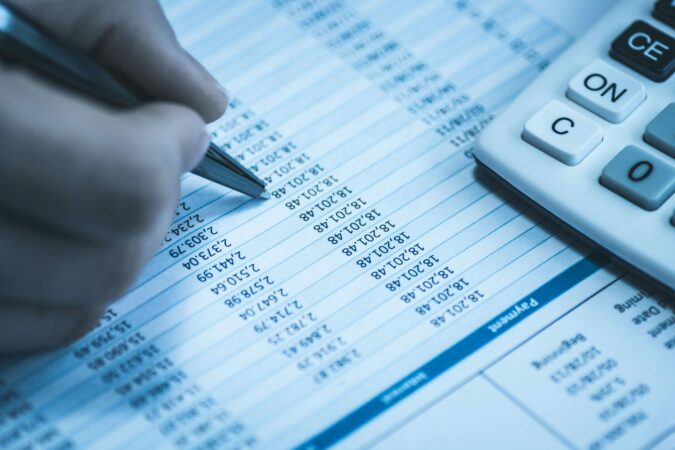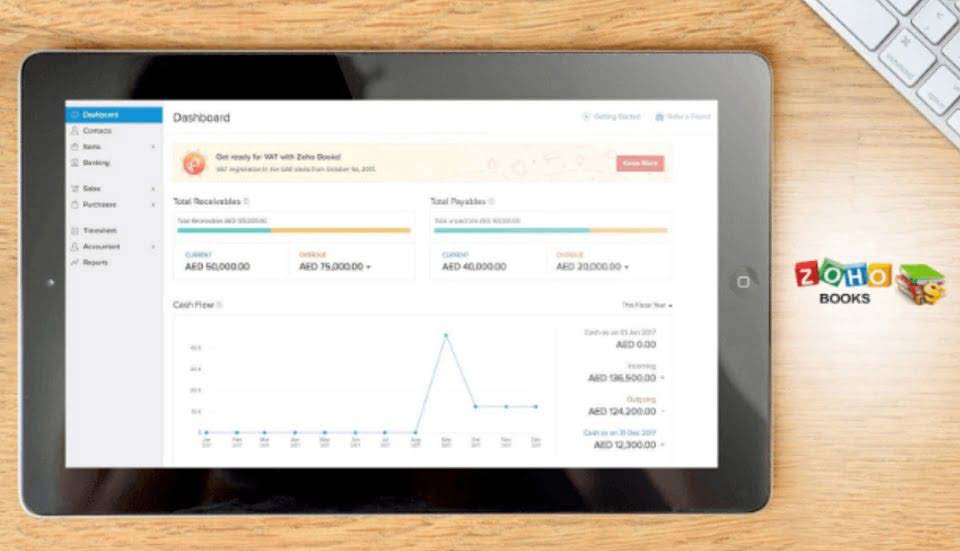Bookkeeping
How to Calculate Cost of Debt & Why Knowing Yours Matters

Additionally, it is also a component in calculating Weighted Average Cost of Capital (WACC). The Weighted Average Cost of Capital serves as the discount rate for calculating cost of debt equation the value of a business. It is also used to evaluate investment opportunities, as WACC is considered to represent the firm’s opportunity cost of capital.
- For instance, say the loan in our example will pay for an advertising campaign that you estimate will generate $50,000 in business income.
- This is typically issued in the form of shares that represent the ownership percentage.
- We can add these two figures together to get the total annual interest, which is $19250.
- As a business owner, you may want to calculate cost of debt as well.
- The first is a loan worth $250,000 through a major financial institution.
- The effective interest paid by a company against its loans or debts is called the Cost of Debt.
Companies with the highest cost of debt are known as risky companies. Simply put, a company with no current market data will have to look at its current or implied credit rating and comparable debts to estimate its cost of debt. When comparing, the capital structure of the company should be in line with its peers. You may hear the term APR and think it’s the same thing as cost of debt, but it’s not quite. APR—or, annual percentage rate—refers to how much a loan or business credit cards will cost a debt holder over one year.
Debt as a Relatively Cheaper Form of Finance
However many companies use both debt and equity financing in various proportions, which is where WACC comes in. A company will commonly use its WACC as the hurdle rate for evaluating mergers and acquisitions (M&A), as well as for financial modeling of internal investments. The risk-free rate is the return that can be earned by investing in a risk-free security, e.g., U.S. It’s called risk free because it is free from default risk; however, other risks like interest rate risk still apply. Now, let’s take a look at how the numbers align in this hypothetical after-tax cost of debt calculation.
Goldman Sachs on driving sustainable growth – Private Equity International
Goldman Sachs on driving sustainable growth.
Posted: Wed, 01 Nov 2023 01:00:14 GMT [source]
While each type of debt comes with an interest rate, it may not be what a company is effectively paying. For creditors, the cost of debt is the expected https://www.bookstime.com/articles/pro-forma-financial-statements rate of return that they expect from the loans they provide to debtors. Cost of debt is the required rate of return on debt capital of a company.
What is Debt-to-Equity Ratio?
The after-tax cost of debt is lower than the pre-tax cost of debt. Interest payments are tax deductible, which means that every extra dollar you pay in interest actually lowers your taxable income by a dollar. Now, we can see that the after-tax cost of debt is one minus tax rate into the cost of debt. Ltd took a loan of $200,000 from a Bank at the rate of interest of 8% to issue a company bond of $200,000. Based on the loan amount and interest rate, interest expense will be $16,000, and the tax rate is 30%. You’ll want to do this cost of debt analysis on every business loan you plan to take.

Having a lower credit rating results in companies paying higher interest rates. That’s why organizations must pay existing debts on time and use fewer credits when possible. Also, consider checking credit reports regularly to find potential credit score errors.
Rewards Credit Cards Are Less Rewarding if You Carry a Balance
Get instant access to video lessons taught by experienced investment bankers. Learn financial statement modeling, DCF, M&A, LBO, Comps and Excel shortcuts. The face value of the bond is $1,000, which is linked with a negative sign placed in front to indicate it is a cash outflow. Since the interest rate is a semi-annual figure, we must convert it to an annualized figure by multiplying it by two. We can add these two figures together to get the total annual interest, which is $19250.
Federal Reserve mentions that close to 45% of small businesses explore some ways to get a debt. Therefore, the cost of debt becomes a crucial terminology that must be understood in depth. Cost of debt is a very valuable metric when deciding whether a business loan is worthwhile for your business. Rohan Arora is a member of WSO Editorial Board which helps ensure the accuracy of content across top articles on Wall Street Oasis. The Capital Assets Pricing Model (CAPM) is one of the most commonly used models for calculating the cost of Equity.
What is the bad debt ratio?
Another way of thinking about WACC is that it is the required rate an investor needs in order to consider investing in the business. You may have to estimate some of the figures above, since the debt your business carries throughout the year may fluctuate. This may be especially true if you have business lines of credit or business credit cards with revolving balances. Your overall debt figures may also experience some variations depending on whether you have fixed or variable interest rates. An annual percentage rate or APR broadly measures an organization’s total cost of borrowing money based on interest rates, broker fees, and other charges. That’s why APR is usually higher than the actual interest rate.

